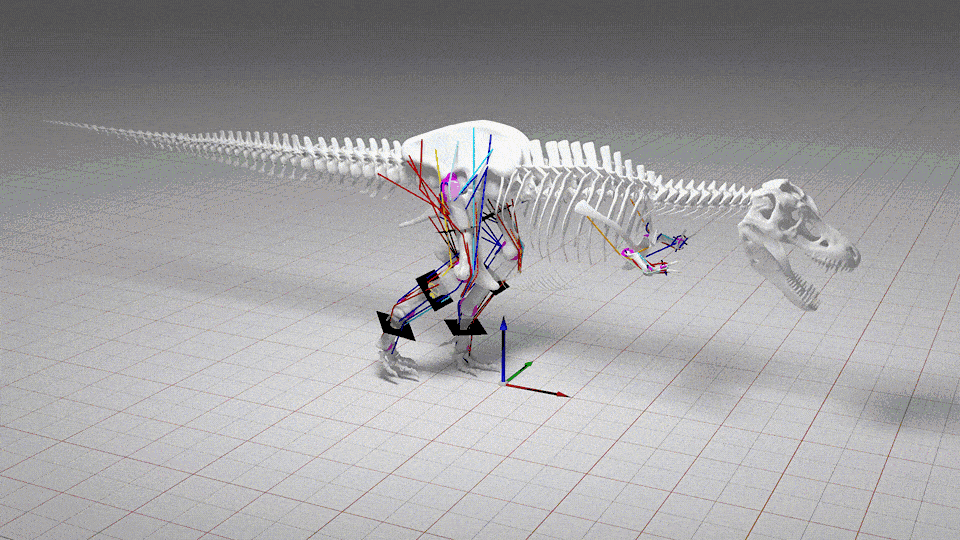When you purchase through data link on our situation , we may earn an affiliate delegacy . Here ’s how it works .
Victorian researchers miss a central dental item when they describedMegalosaurus , the first dinosaur on record to get a scientific name , a new subject field finds .
When William Buckland ( 1784 - 1856 ) — an English theologian , geologist and paleontologist — described the Jurassic - age carnivore in 1824 , he mention itMegalosaurus . The genus name means " great lizard " in Greek , as Buckland sleep with the fossil belonged to an ancient reptile .

When paleontologists first describedMegalosaurusin 1824, they thought it looked like the humped creature on the right. But now, researchers have deduced that it looks like the dinosaur on the left.
But during hisMegalosaurusinspection , Buckland miss five tooth hidden in the fauna ’s jawbone — a finding that a computed tomography ( CT ) scan recently uncovered , researchers at the University of Warwick and the University of Oxford in the United Kingdom announce yesterday ( June 7 ) . [ 7 Surprising Dinosaur fact ]
In the late CAT scan , investigator took more than 3,000 X - rays of the 167 - million - class - oldMegalosaurusjawbone , and then used information processing system software to set up the ten - irradiation together into a 3D digital image .
The scan reveal that the jawbone was damage , probably when it was removed from the stony ground in southern England . In fact , disc at the Oxford University Museum of Natural History , where thespecimen is on display , as well as data from the CT scans , hint that the fossil undergo two phase of repair with different types of plaster , likely when a museum assistant did restoration body of work on the dodo between 1927 and 1931 , the researcher said .

More significantly , the scan showed that the 30 - foot - long ( 9 meters ) , 3,000 - lbs . ( 1,400 kilo ) dinosaur had previously unknown dentition that were get deep within its jaw when the animal was still alive . These included the remains of old , worn teeth and newly mature teeth , the researchers said .
" Being able to habituate state - of - the - artistic creation technology normally reserved for aerospace and automotive technology to scan such a rarified andiconic natural story specimenwas a antic chance , " said Mark Williams , a professor in the Warwick Manufacturing Group at the University of Warwick .
The new research has yet to be published in a peer - reviewed journal , but it was presented last calendar month at the IEEE International Instrumentation and Measurement Technology Conference in Turin , Italy .

Original article onLive Science .
















